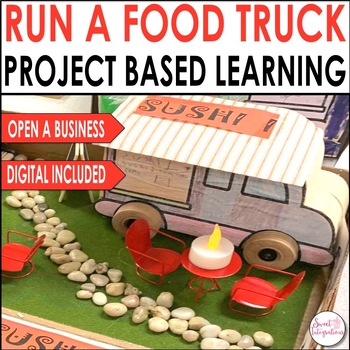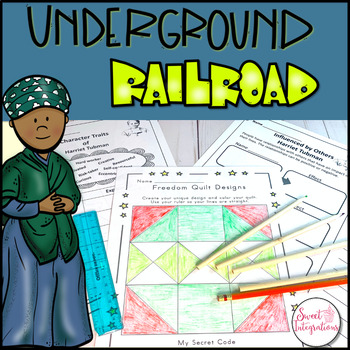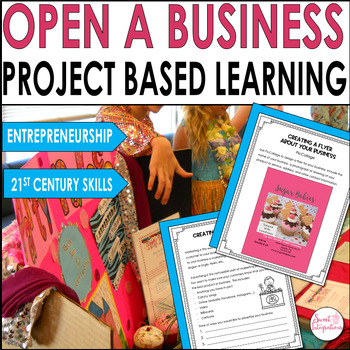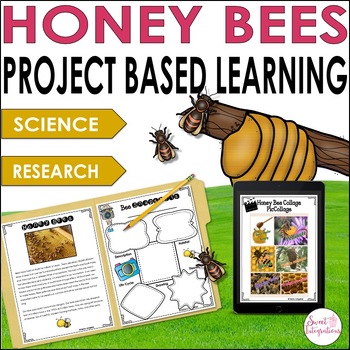I'm a huge fan of Patricia Polacco. There are so many skills and life lessons that can be taught through reading her wonderful books. One of my favorites is The Butterfly. It's a story about two courageous young girls during World War II. In this post, I'm going to share with you How to Teach Characterization With Technology and The Butterfly. Make sure to download your free resources.
About the Book
In this true story, Monique's village, located outside Paris, was occupied by Nazi troops. During World War II, it was a terrifying time for this young girl, her family, and the people of France. A little girl by the name of Sevrine appears in Monique's room. Monique thought a ghost was appearing. Little did she know, her mother had been hiding Sevrine and her family for a long time in their cellar. This impactful story tells how these brave girls quickly became close friends and how the The Butterfly or papillon symbolized freedom for them.
If you want to add more background information before you read the book, discuss the German occupation of France during World War II and the impact on the Jewish people.
If you want to add more background information before you read the book, discuss the German occupation of France during World War II and the impact on the Jewish people.
Teaching Characterization
- As your students read through the book, they will come across different character traits of both girls and Monique's mother. This is when students start making personal connections and get to know the characters.
- Talk about the characters' feelings, their relationships, and conflicts or hardships. Then, discuss direct and indirect characterization. There are traits that the author tells the reader directly in the text and there are traits that the reader infers from events, dialogue, and actions of the characters in the story.
- Another point to remember is how the characters change through time. Characters can change through the experiences they face in the story.
It's always a good idea to have character traits reference resource available. Here's a list of character traits that can be used in describing the girls. Or, you can purchase my Emoji themed character trait cards with activities.
Here are some questions you may want to ask as you're teaching characterization:
- What words in the text describe the character?
- What do you infer about the character after reading the text?
- What cultural experiences have an effect on the character? How does the character handle these experiences?
- How does the character change through events or conflicts in the story? Why do you think these events changed the character?
- How did people influence the character? What traits do you think the character has because of the influences?
Characterization Activities
- Pic Collage - Students can choose one of the characters in this activity. Select a butterfly outline png in the "Web Search." Then, add words and stickers that represent the character. Students have the option of a variety of fonts and colors for the words and a wide selection of stickers. Backgrounds consist of solid colors and textures.
2. Google Slides - By using Google Apps, you can interact with the students, they can collaborate on the activities, and no paper is needed. I've provided two different characterization activities using Google Slides.
- Compare and Contrast - Students type traits of Monique and Sevrine. Then, they type the traits that are they have in common.
- Thoughts, Words, Actions - Students select a character and locate thoughts, words and actions of the character. Then, they will list all of the traits that correspond with these.
If you're interested in learning more about teaching characterization, check out these Sweet Integrations blog posts.
Learn about the 20 year The Butterfly Project sponsored by the Holocaust Museum in Houston, TX. "Today, The Butterfly Project seeks to disrupt this negativity and aims to inspire people to use hope as a vehicle for social change, using the lessons learned from the Holocaust. The Project's mission is to start a global conversation that challenges us all to find connection through hope - standing up and taking action against hate together."

























What a great way to incorporate characterization into lessons! Thanks for sharing!
ReplyDeleteA very awesome blog post. We are really grateful for your blog post. You will find a lot of approaches after visiting your post. Best Treadmills Under 1000
ReplyDeleteVery useful post. This is my first time i visit here. I found so many interesting stuff in your blog especially its discussion. Really its great article. Keep it up. Wireless Keyboard and mouse Rechargeable
ReplyDeleteThank you for some other informative blog. Where else could I get that type of information written in such an ideal means? I have a mission that I’m just now working on, and I have been at the look out for such information. Building intercom system upgrade NY
ReplyDelete